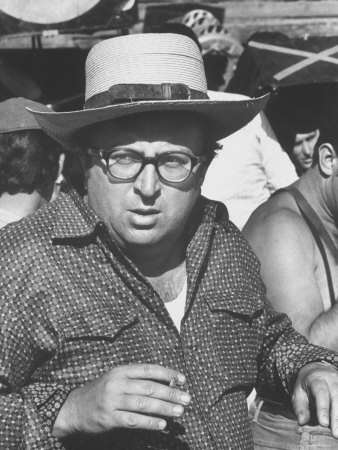This, That, T’Other
Tuesday, September 16, 2008
posted by Steve Tompkins
Haterade drinkers insofar as “The Black Stranger” is concerned often target the character of Tina for special opprobrium, condemning in particular the punishment Valenso frantically administers to her as a distasteful piece of Brundage-bait, Howard blatantly angling for another Weird Tales cover or at least catering to a one-handed segment of his readership. Paying attention to the way the scene is constructed and described should be enough to disprove such allegations, but turning to “The Black Stranger: Synopsis A” in The Conquering Sword of Conan is also useful in that the synopsis is of course Howard selling Howard on his latest idea, telling the story to himself, engaging in the equivalent of a filmmaker’s “pre-viz” (previsualization). Here he refers to Tina as “a flaxen-haired Ophirean waif,” “the little Ophirean girl,” and “the child,” and Valenso loses the self-control that should be a Zingaran grandee’s watchword as follows:
The nobleman instantly seemed seized with madness, and had the girl cruelly whipped, until he saw she was telling the truth.
Nary a hint of a prurient agenda. I sometimes wonder whether Esteban Maroto contributed to the muddying of the waters here; his illustrations for the 1980 Ace standalone The Treasure of Tranicos leer at Tina through a vaseline-smeared lens as a pillowy, pouty houri on the brink of several Sapphic interludes with Belesa:















